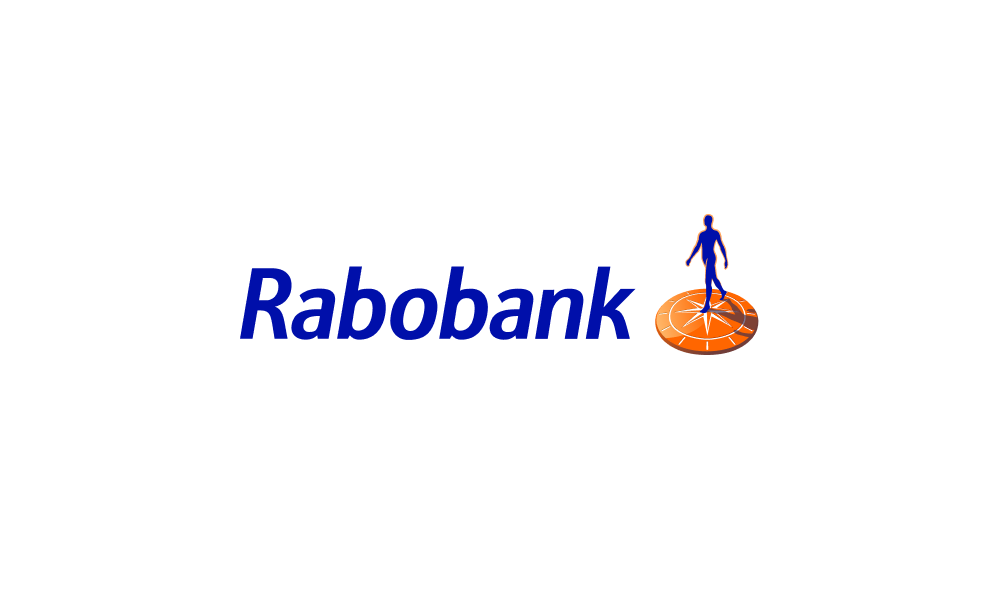2022-03-01

Rabobank New Zealand Agribusiness Monthly: March 2022 Featured
Global beef supplies are expected to remain constrained in 2022 due to production rebalancing in key export countries. The US is experiencing a reduction in feedlot cattle slaughter, while Brazil and Argentina anticipate a slight increase in production. New Zealand beef production is expected to decline following a temporary increase in 2021. Consumer demand for beef is projected to remain high, particularly from China and the US. However, processing and supply chain challenges, high beef prices, weaker economic conditions, and currency fluctuations pose risks to pricing.
Global dairy commodity prices have risen, driven by restricted milk supply in the EU, US, and New Zealand. New Zealand farmers have reached record milk prices for the 2021/22 season. Despite inflationary pressures and higher input costs, the profitability of dairy farmers is expected to be favourable. Changes to Fonterra's capital structure have been approved, which may further support dairy demand. China remains a significant determinant of elevated powder prices, although economic uncertainties, government shifts, and power shortages pose downside risks.
Global fertiliser prices, including urea and phosphate, are expected to remain relatively high. Corn, soybeans, and wheat prices are also projected to stay elevated, supporting demand for fertilisers. Supply of phosphate is expected to remain tight due to China's export restrictions. The Ukrainian and Russian crisis poses an upside risk to fertiliser prices. The New Zealand dollar is expected to maintain its strength, supported by healthy global commodity demand and the Reserve Bank of New Zealand's rate increases. Supply chain challenges and labour availability remain key risks.
